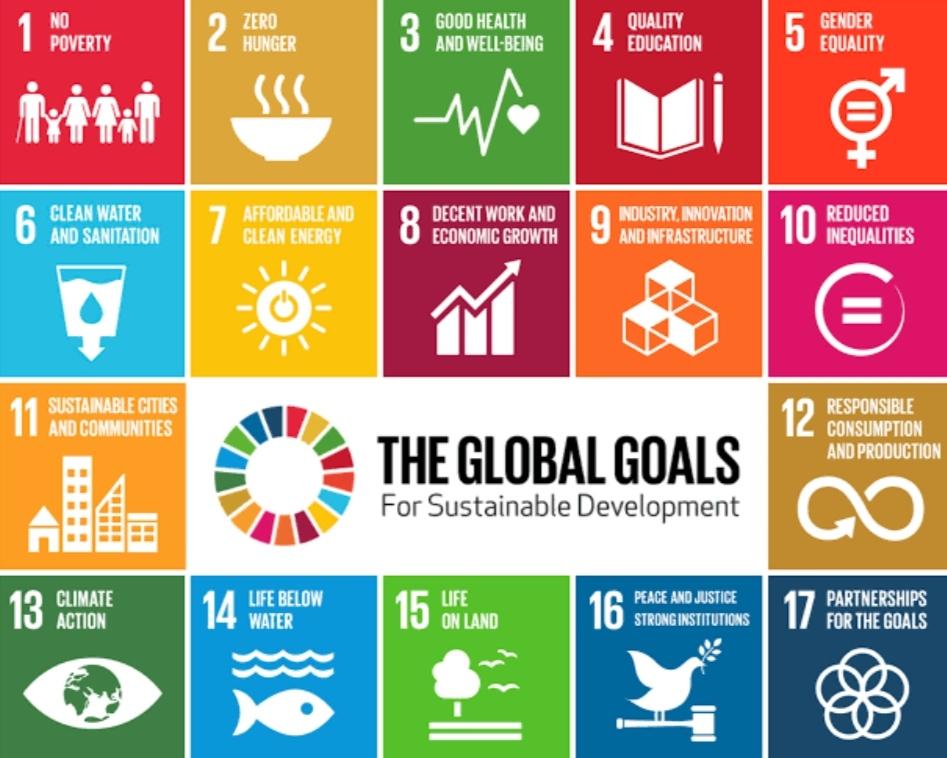Understanding SDGs (Sustainable Development Goals)
The Sustainable Development Goals (SDGs) represent a global blueprint for achieving a more sustainable future for all. Encompassing 17 interconnected goals, the SDGs address a range of social, economic, and environmental challenges facing the world today. Here’s an in-depth exploration of what SDGs entail and their significance:
What are Sustainable Development Goals (SDGs)?
The SDGs are a set of 17 goals adopted by all United Nations Member States in 2015 as part of the 2030 Agenda for Sustainable Development. They build upon the Millennium Development Goals (MDGs) and aim to tackle issues such as poverty, inequality, climate change, environmental degradation, peace, and justice. Each goal has specific targets to be achieved by 2030, providing a comprehensive framework for global cooperation and action.
Key Concepts and Areas of Focus:
Comprehensive Scope:
The SDGs cover a wide range of interconnected issues, including ending poverty and hunger, ensuring access to quality education and healthcare, promoting gender equality, and fostering sustainable economic growth.
Interlinkages:
The goals are designed to be interconnected, recognizing that progress in one area often depends on progress in others. For example, improving education (Goal 4) can contribute to reducing poverty (Goal 1) and promoting economic growth (Goal 8).
Universal Applicability:
The SDGs apply universally to all countries, both developed and developing, reflecting a commitment to global partnership and shared responsibility in addressing global challenges.
Data and Monitoring:
Monitoring progress towards the SDGs involves collecting and analyzing data to track indicators related to each goal. This data-driven approach helps identify gaps and prioritize actions to accelerate progress.
Practical Implications and Implementation:
Implementing the SDGs involves:
Policy Integration: Incorporating SDGs into national policies, strategies, and plans across sectors.
Partnerships: Engaging governments, civil society, businesses, and international organizations in collaborative efforts.
Funding and Resources: Mobilizing financial resources and investments to support SDG implementation, particularly in developing countries.
Challenges and Considerations:
Complexity and Interdependencies: Addressing the interconnected nature of the goals requires integrated approaches and multi-stakeholder collaboration.
Inequality: Ensuring that progress towards the SDGs benefits all segments of society, including marginalized and vulnerable groups.
Environmental Sustainability: Balancing economic development with environmental conservation to ensure long-term sustainability.
Global Impact and Future Outlook:
The SDGs represent a collective commitment to building a more inclusive, resilient, and sustainable world by 2030. Achieving these goals requires sustained political will, innovative solutions, and transformative actions at local, national, and global levels.
In conclusion, the SDGs embody a shared vision for a better future, emphasizing the importance of global cooperation, equity, and sustainability. By working together towards these ambitious targets, the international community can pave the way for a more prosperous and equitable world for present and future generations.

